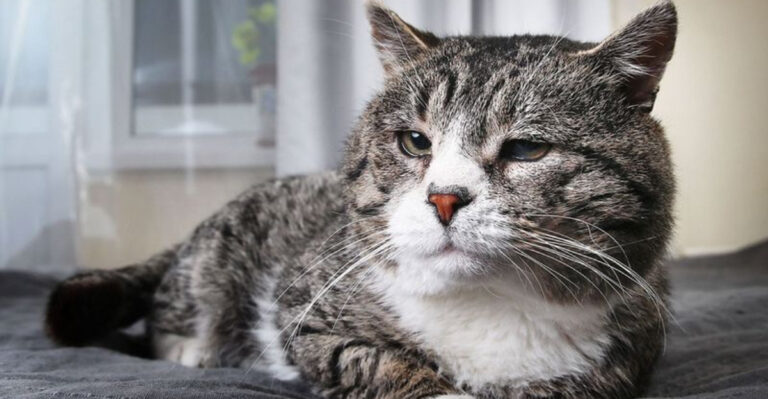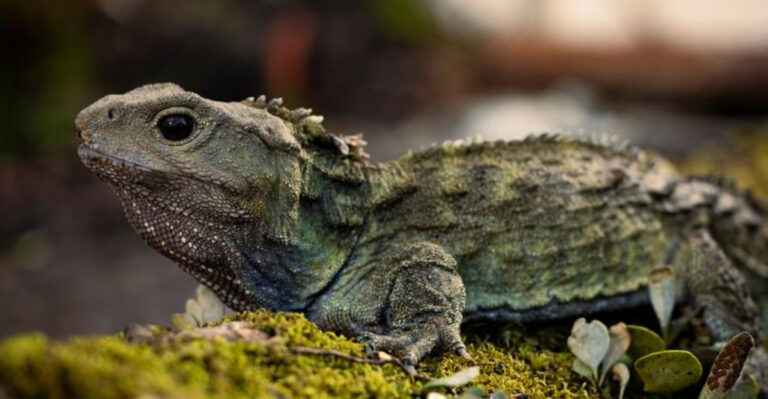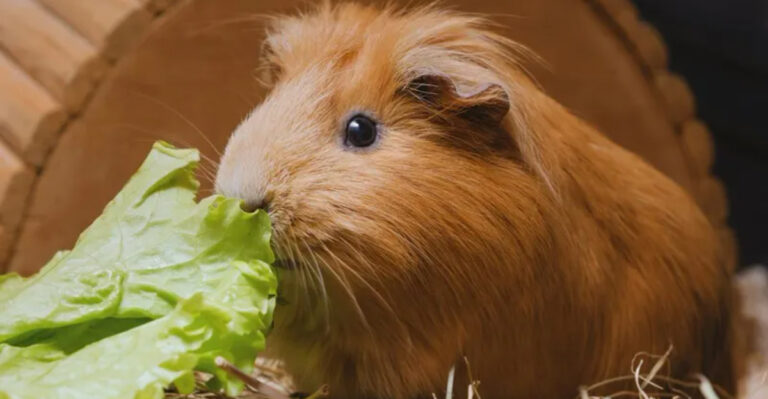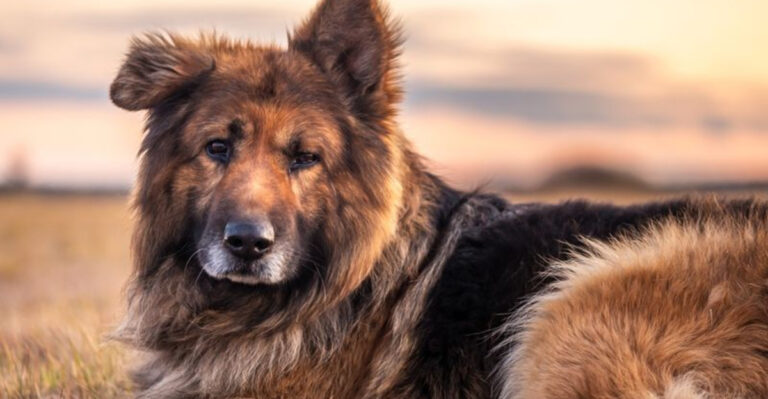14 Wildly Cool Facts About Bearded Dragons That’ll Surprise You
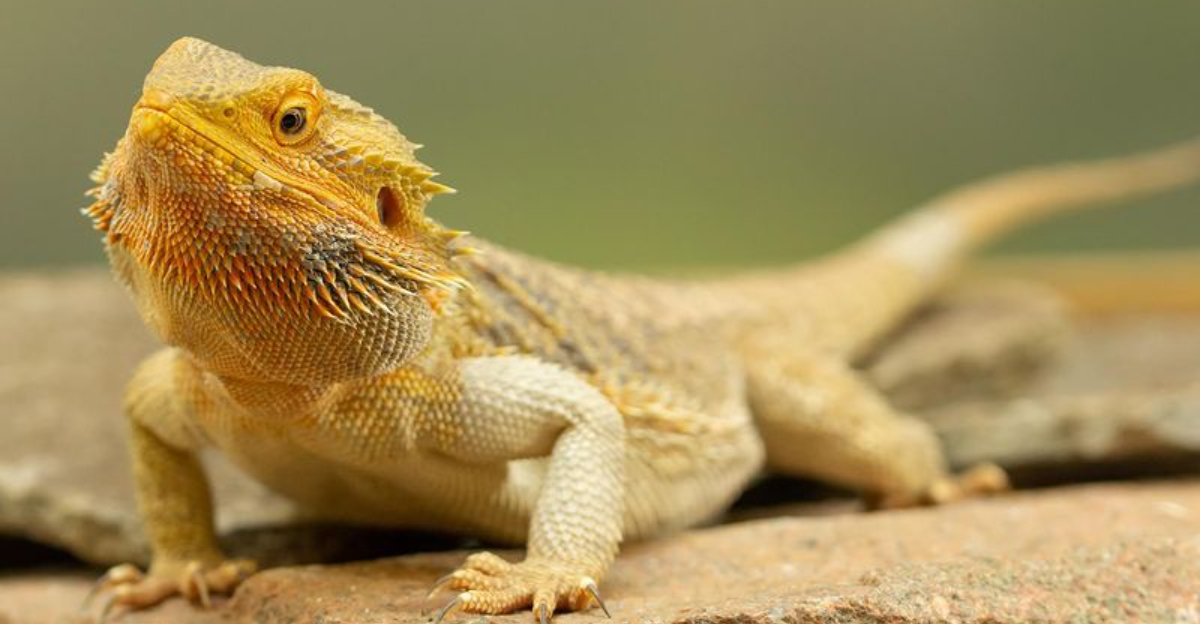
Bearded dragons are one of the most popular reptile pets, known for their gentle demeanor and unique appearance. However, there’s so much more to these intriguing creatures than meets the eye.
From their unique communication methods to their remarkable adaptability, these reptiles are full of surprises.
1. Beard Puffing Defense
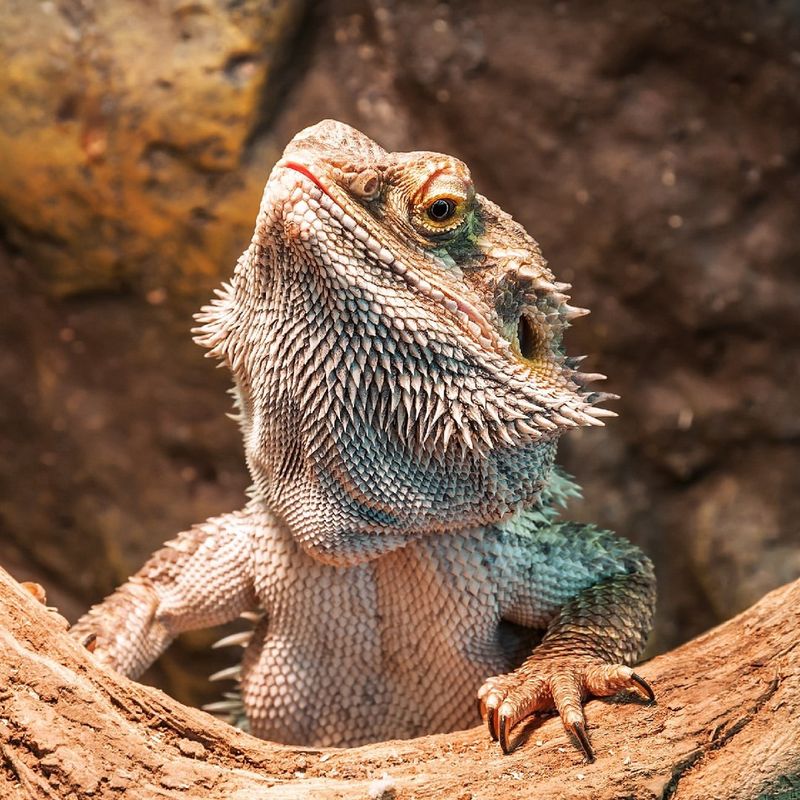
When threatened, bearded dragons puff out their beard, which turns black and spikes up to make them look larger and more intimidating to predators.
2. Vertical Climbing Skills
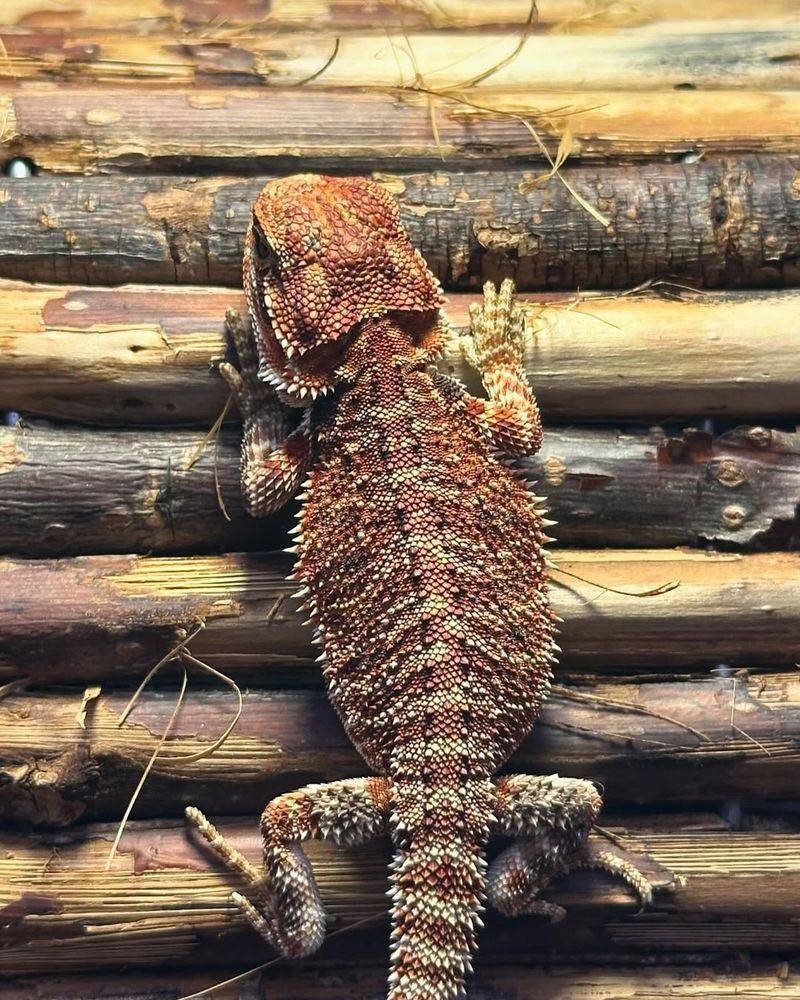
Thanks to their sharp claws and strong limbs, bearded dragons enjoy climbing rocks, logs, and even the sides of their enclosures—adding a vertical layer to their habitats.
3. Color-Changing Abilities
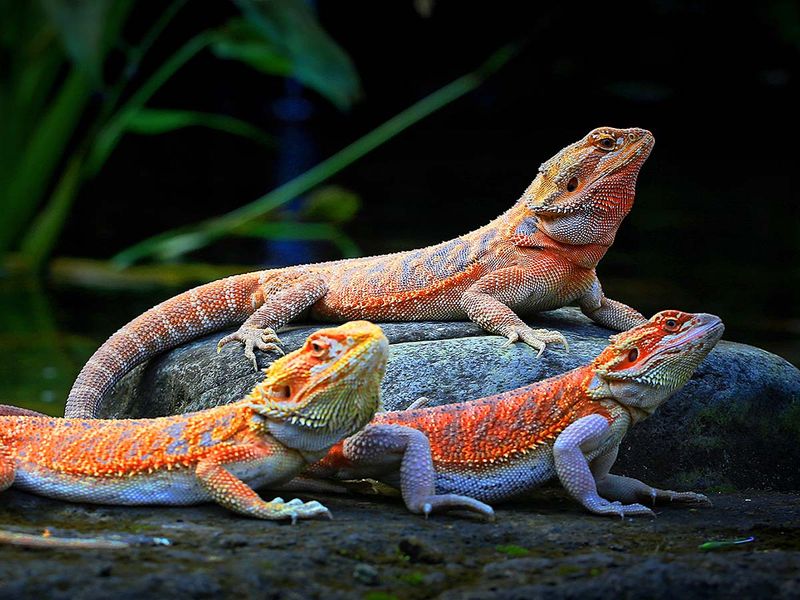
Bearded dragons can subtly shift the color of their skin, especially around their head and beard.
These changes often reflect mood, temperature regulation, or even dominance displays during social interactions.
4. Third Eye Sensitivity
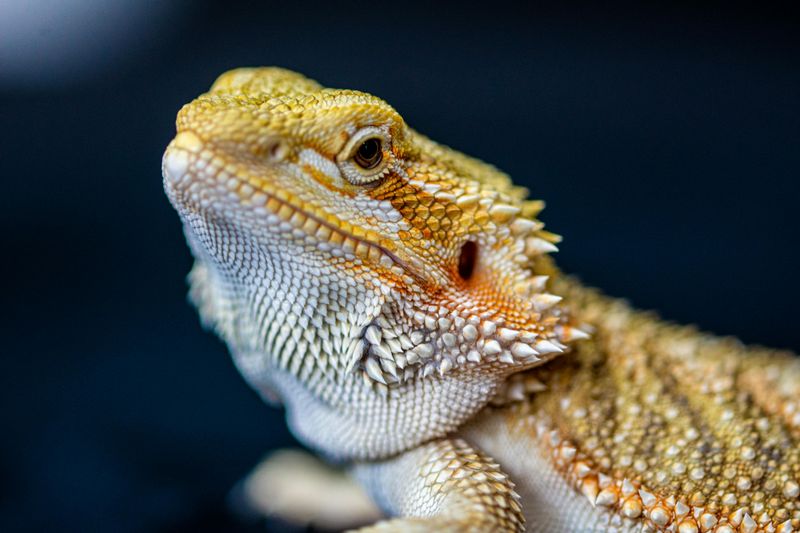
Located on the top of their head, this light-sensitive “third eye” helps bearded dragons detect changes in light and shadow, alerting them to potential predators from above.
5. Tail Autotomy
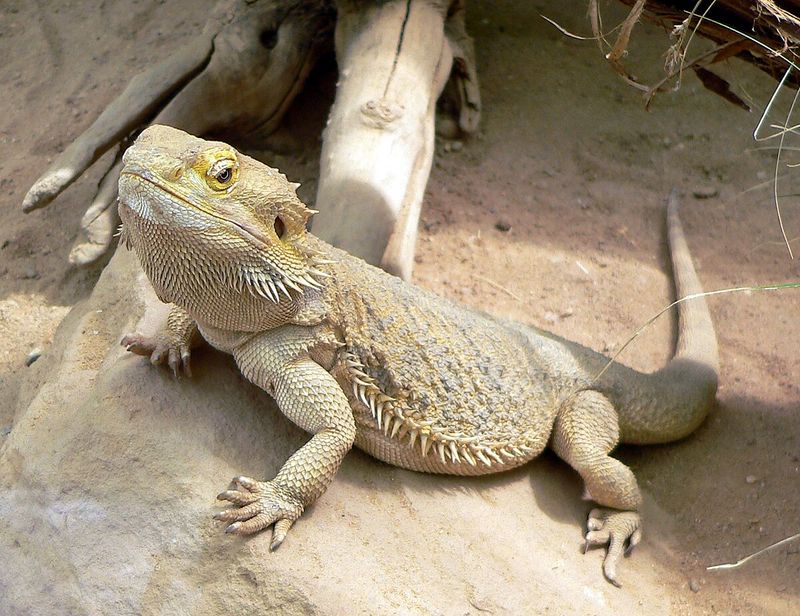
While not as common as in some lizards, young bearded dragons may lose part of their tail when escaping danger. However, unlike other reptiles, they do not regenerate the lost section.
6. Unique Communication Methods
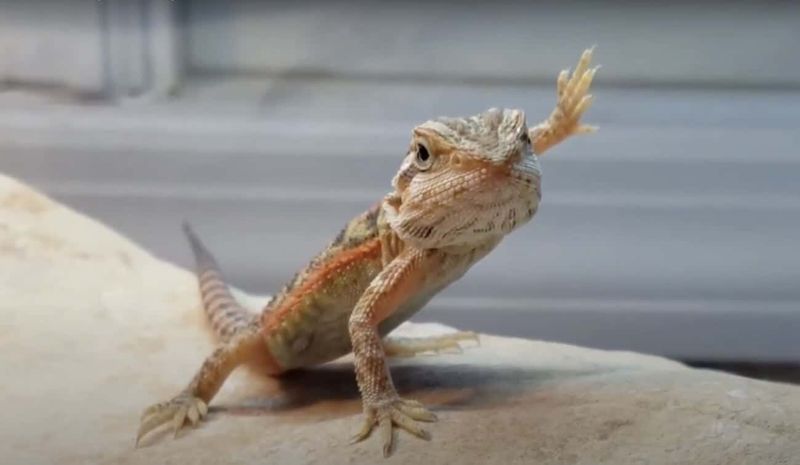
Bearded dragons use a combination of head bobbing, arm waving, puffing up their beards, and color changes to communicate with other dragons—or even humans.
7. Dietary Diversity
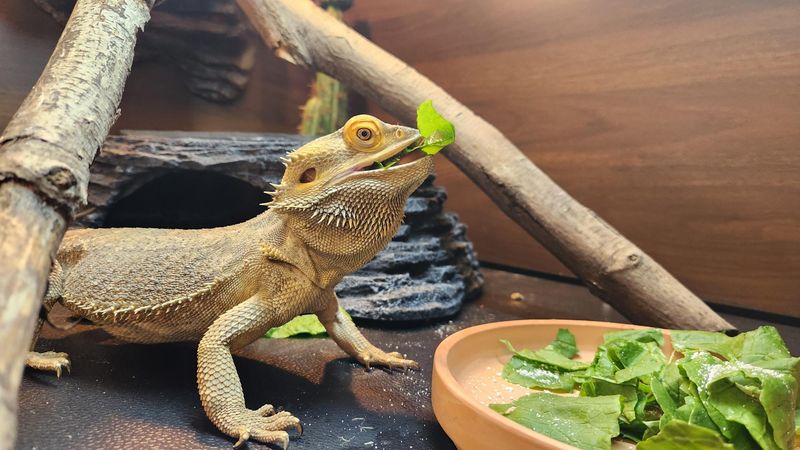
These reptiles are omnivores, munching on everything from leafy greens and fruits to crickets and roaches. Their diet needs shift with age, requiring more protein in youth and more greens as adults.
8. Thermoregulatory Behaviors
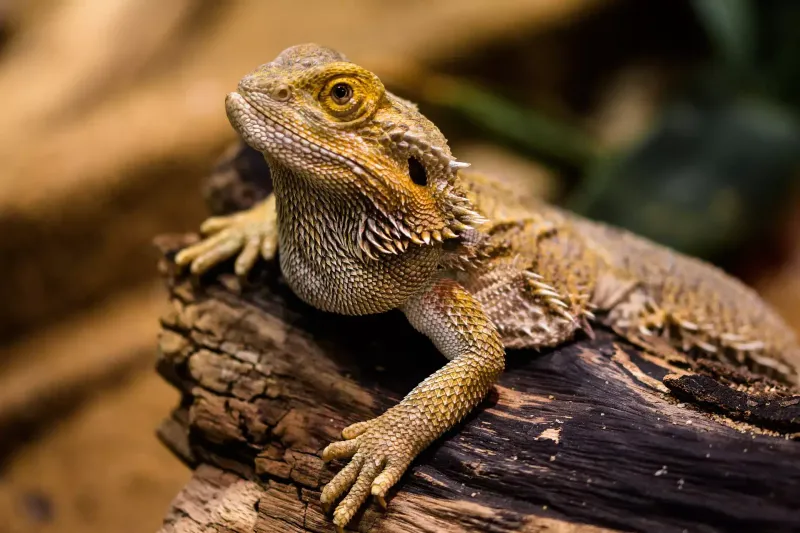
Bearded dragons are sun worshippers by nature, basking to warm up and flattening their bodies to absorb more heat.
When they’re too warm, they’ll gape their mouths open to release excess heat.
9. Fascinating Reproduction
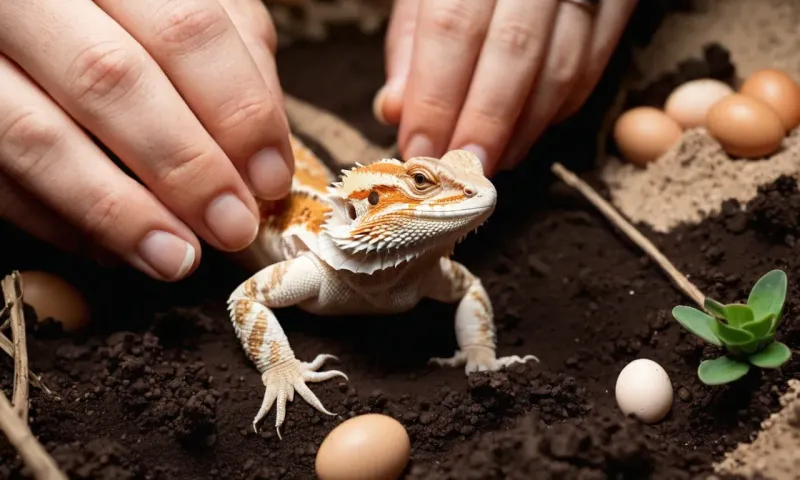
Female bearded dragons can lay eggs even without mating—a process called parthenogenesis.
Though the eggs aren’t fertile, it’s still a surprising trait for many first-time owners.
10. Impressive Longevity
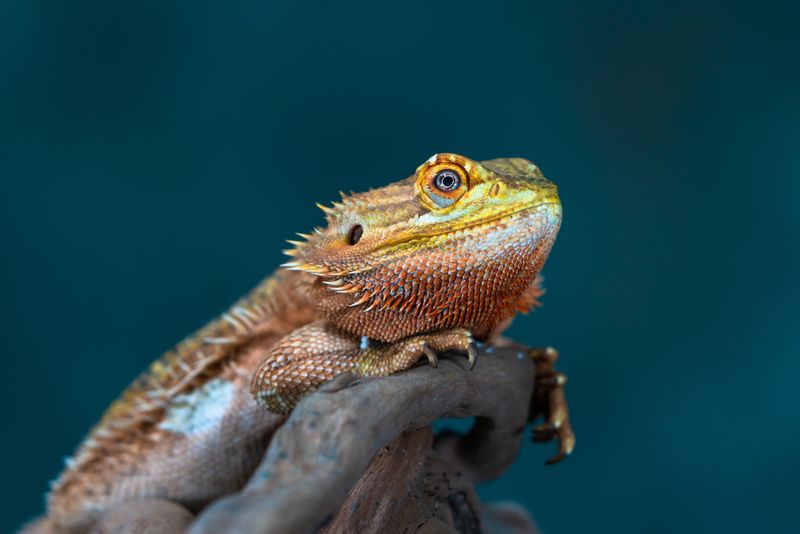
With proper care, bearded dragons can live 10 to 15 years in captivity, making them long-term companions for reptile enthusiasts.
11. Clever Escape Artists
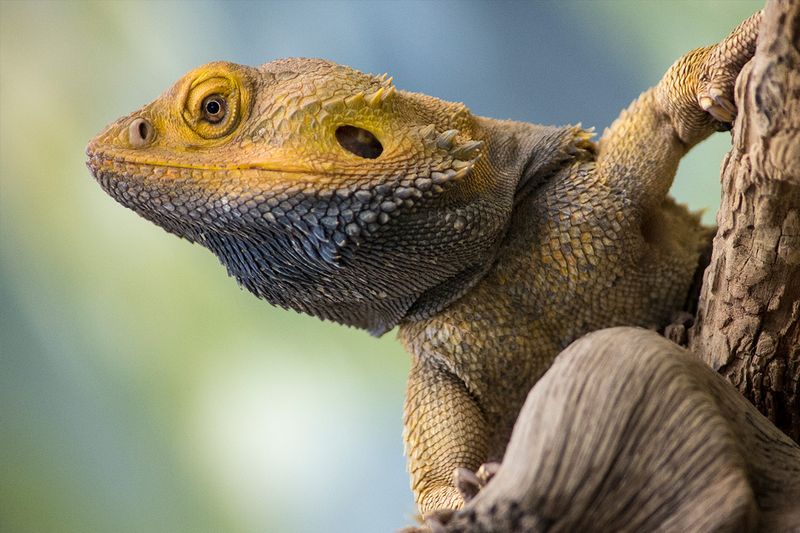
Their strong limbs and curious nature can turn them into unexpected escape artists.
Without secure enclosures, they’ll find a way out for an adventure.
12. Remarkable Adaptations
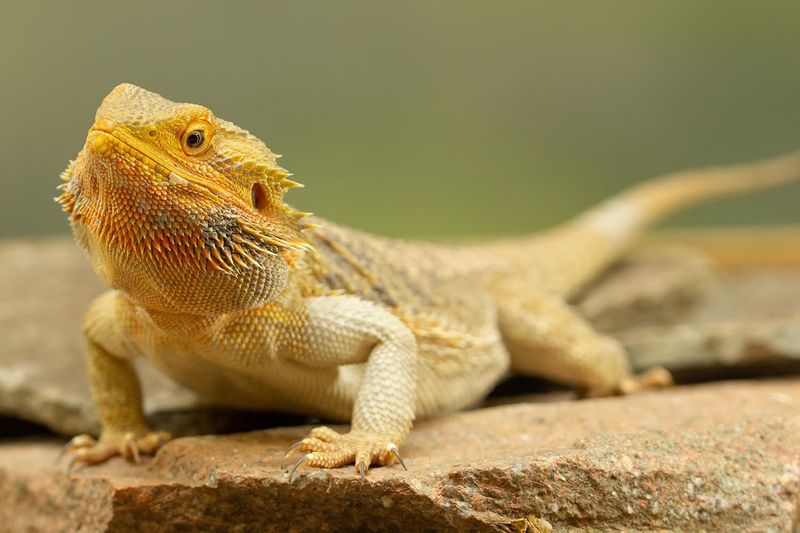
Originally from Australia’s arid regions, bearded dragons have evolved to survive extreme temperatures and limited water—making them low-maintenance pets when their environment is right.
13. Expressive Personalities
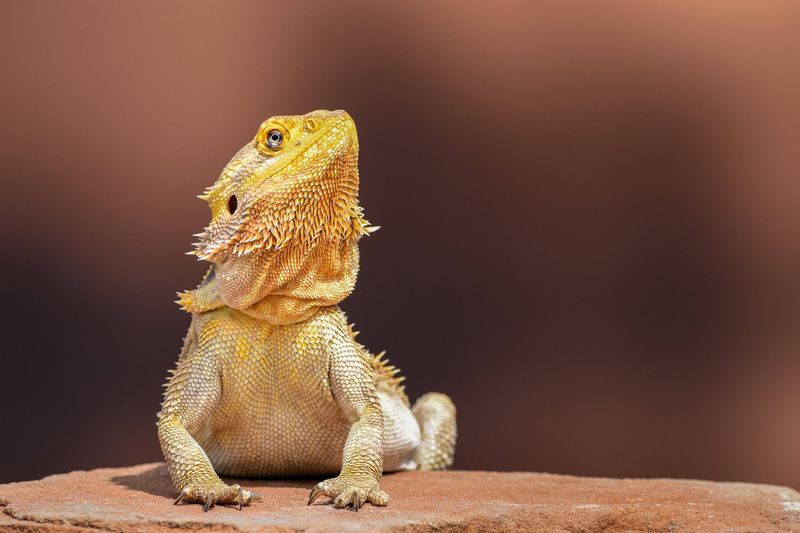
Each dragon has its own quirks. Some enjoy being held, others prefer solo exploration, and many respond to routine and even recognize their owners.
14. Historical Significance
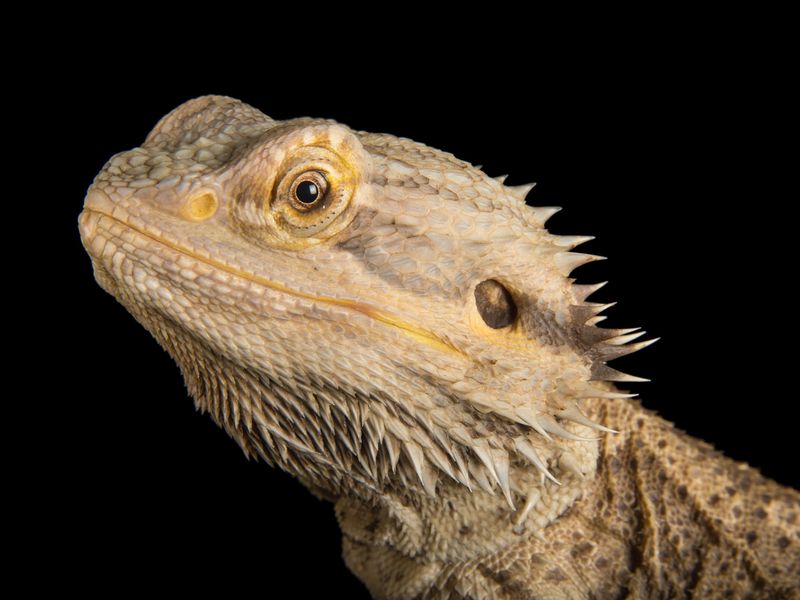
These lizards weren’t always household pets—they’ve played roles in Aboriginal culture and were first exported from Australia in the 1960s before becoming global reptile icons.

